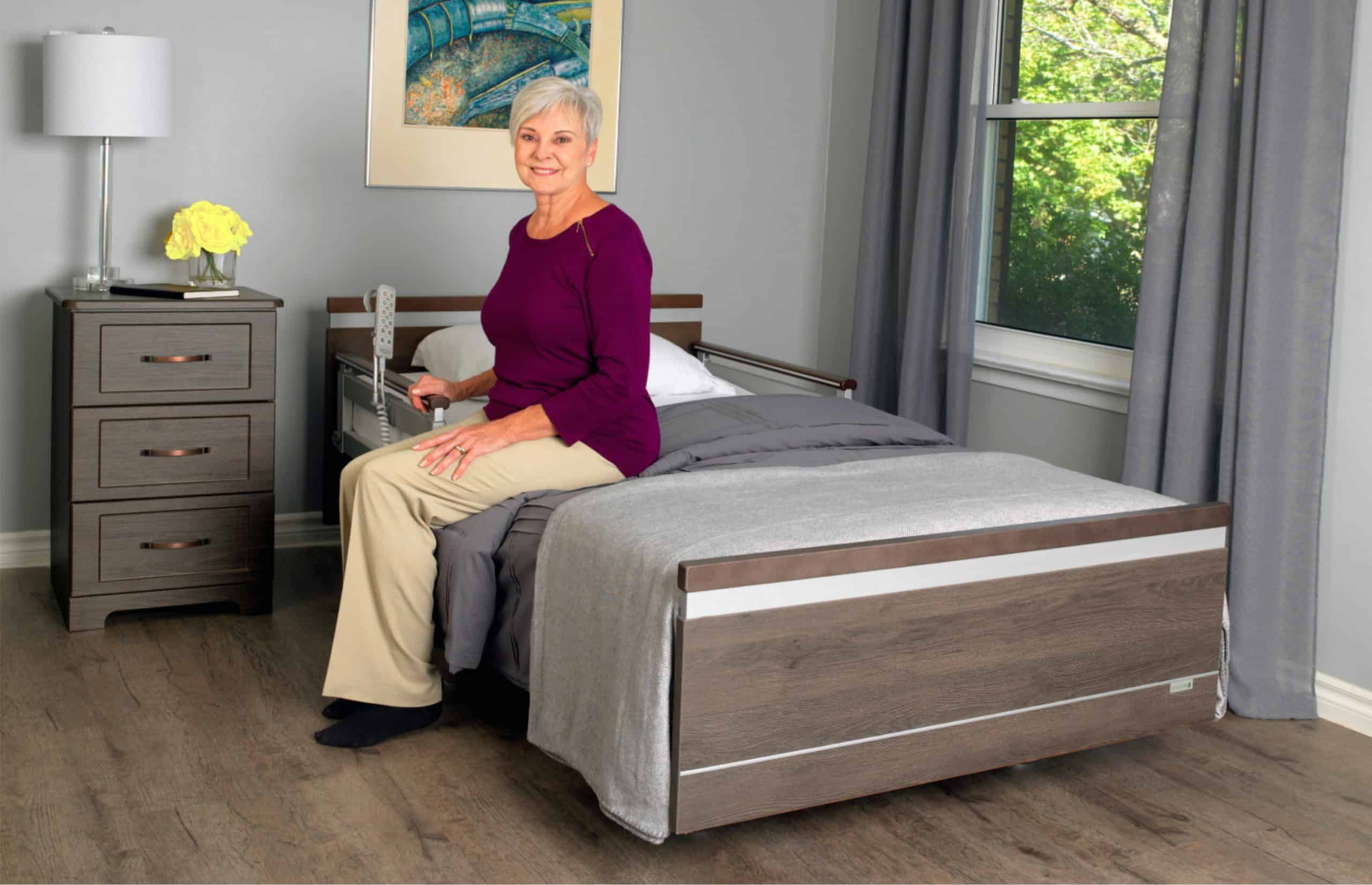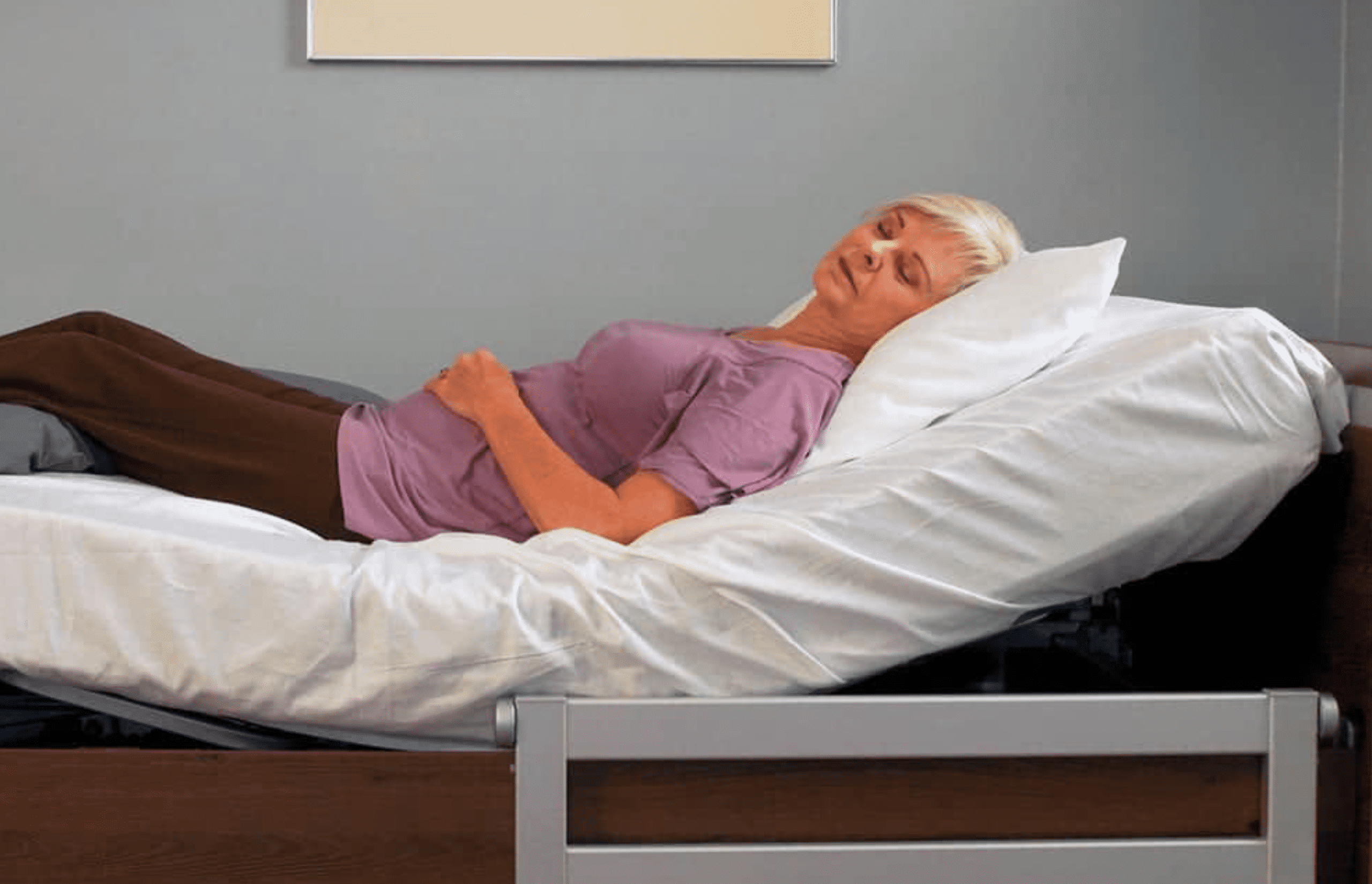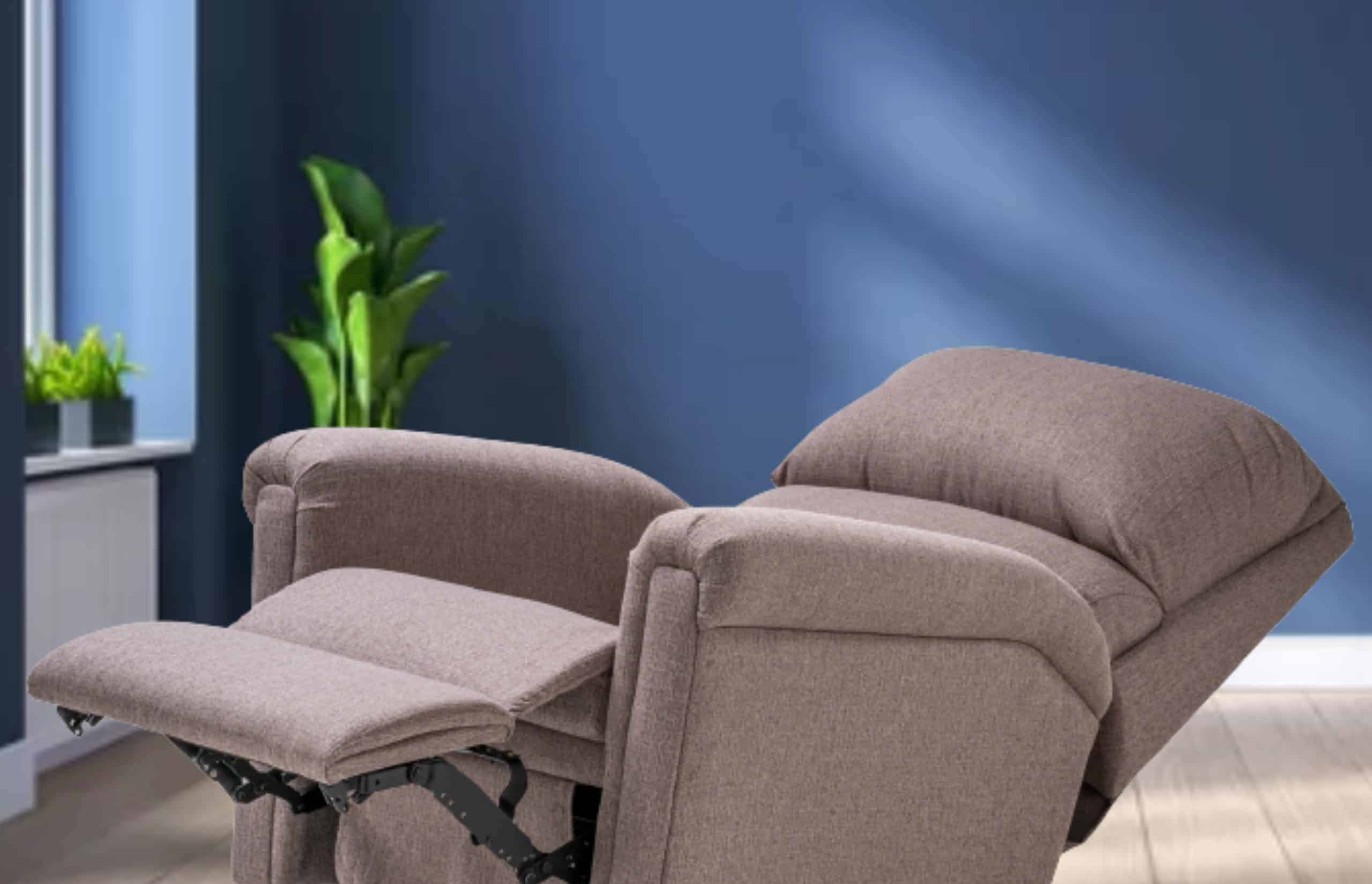

Home Healthcare
Inpatient Vs Outpatient Vs In Home Care: What's The Difference?
SonderCare Learning Center

SonderCare Learning Center
Inpatient Vs Outpatient Vs In Home Care: What’s The Difference? Inpatient, outpatient, and in-home care – do you know the difference? Knowing what separates each type of care can help seniors and their loved ones manage medical treatment choices in a smarter, more cost-effective, and often more comfortable way. By knowing what’s in store with each of these medical services, a senior and their family can purchase the right health plan or arrange for at-home medical equipment that meets their health and safety needs. The homecare hospital bed and accessibility equipment a senior has may also make in-home care more likely.
Inpatient care refers to someone admitted to the hospital to stay overnight, whether briefly or for extended periods. Doctors keep these patients at the hospital to closely monitor their care. Outpatient care, also known as ambulatory care, refers to any service or treatment that doesn’t require hospitalization or an overnight stay for observation.
Most seniors know what outpatient care is first-hand. An annual exam with their physician is a typical example, but this type of care includes when a patient leaves the emergency department the same day they arrive. Outpatient care can also cover appointments at a clinic or specialty facility outside the hospital. If the patients need intensive care, inpatient care is almost 100% guaranteed.
While there appears to be a clear difference between inpatient and outpatient care, there can be a fair bit of overlap. Outpatient care facilities can accommodate treatment and procedures that do not require an overnight stay; these include walk-in clinics, dedicated surgery centers, and even doctor’s offices. Occasionally, though, the primary care physician will assign a patient to observation status – usually no more than 24 to 48 hours – while determining whether hospitalization is required. Many hospitals offer both inpatient and outpatient services because of how the duration of the stay can change in minutes.
There’s one more option that is increasingly available to people. As advances in medical equipment and access become readily available, more health care providers are treating patients with in-home care. How does it compare to inpatient and outpatient care?
On its face, in-home care sounds like outpatient services: it is medical professionals caring for an individual outside of a hospital setting. Outpatient care is preferred because people can enjoy resting and recovering in their home with home-cooked food and a good night’s sleep in their room. These conditions may make for a much better recovery time than what they’d experience in unfamiliar and uncomfortable hospital beds and the noises of the medical care facility.
In-home care is ideal for seniors who would normally have many outpatient appointments. In-home health care provides nursing, physical therapy, and occupational therapy, all one-on-one. Instead of traveling to a sterile facility, patients can find a comfortable position on their couch, chair, or bed in the environment of their choice.
In-home care encompasses a much broader range of conditions than outpatient care. It’s provided in the convenience of the patient’s home, meaning transportation is not necessary on their part. Outpatient therapy services require a patient to drive to treatment with cumbersome braces, bandages or mobility devices or make transportation arrangements.
Determining whether a patient needs outpatient or inpatient care is, more often than not, out of the patient’s hands. It’s a decision primary care physicians will make based on whether the condition is critical or the result of an emergency. If the patient must have a team of specialists to monitor their progress and administer medications, they likely can’t recover at home.
As mentioned earlier, though, these two types of care may overlap. For those who have the right environment at home, outpatient therapy or recovery doesn’t always require travel to a medical professional. An at-home hospital bed can make in-home care and therapy the more likely route. Patients can stay in their own homes with their loved ones, staying in the surroundings where they are the happiest. The familiar atmosphere may contribute to a speedier recovery.
Effective in-home care requires a medical plan, a team that will work together, and the effective use of at-home care technology. A SonderCare home hospital bed can make any senior’s future level of care more to their liking, in a setting that will help them relax as they recover or go through physiotherapy.
At least one night must be spent in the medical facility where the procedure was performed (usually a hospital). A nurse or doctor supervises them during this time. A patient who receives outpatient treatment doesn’t need to stay in a hospital.
The costs for outpatient care are lower, since they typically only cover the doctor and any necessary tests. In addition to the costs of outpatient care, factors like the use of hospital facilities and any necessary equipment for monitoring your health are taken into account when you’re admitted to the hospital as an inpatient.

The SonderCare™ Bed is like nothing else on the market today. Designed to conform to the latest international standards, this product provides you with a sense of safety, comfort, and greater independence than standard flat or adjustable beds.

SonderCare offers the Comfort™ and Dream™ pressure reducing mattresses that provide exceptional comfort, support and durability for health care communities and home care settings.

SonderCare’s fully-electric Rise & Recline Chair supports users in shifting from a sitting position, to fully reclining flat and then boosting up to standing when desired – this chair helps support comfort as well as safe mobility.

SonderCare’s fully-electric Rise & Recline Chair supports users in shifting from a sitting position, to fully reclining flat and then boosting up to standing when desired – this chair helps support comfort as well as safe mobility.

SonderCare premium rollators are the ultimate lightweight, ultra-stable rollators to keep you secure and comfortable in any setting. The Ultralight Carbon and the rugged Aluminum models are both ergonomically designed and adjustable to suit the needs of every user.
Start Your Home Healthcare Products Inventory With SonderCare
Are you recently discharged from hospital, experiencing mobility issues, or in need of palliative or senior care? Enjoy a smoother recovery and get the luxury you deserve by choosing our home hospital products. Contact us today to discuss home hospital beds, mattresses, stand assist chairs and other accessories to make your home hospice perfect for a truly comfortable experience.
Are you looking for the most recent articles on buying Home Healthcare supplies? Browse our latest resources below and let us know if you have any questions. We’re here to support you as you embark on your road to Home Healthcare excellence.
Seeking The Best Care For Your Loved One?
Browse North America's Luxury
Senior Caregiving Products
Inventory